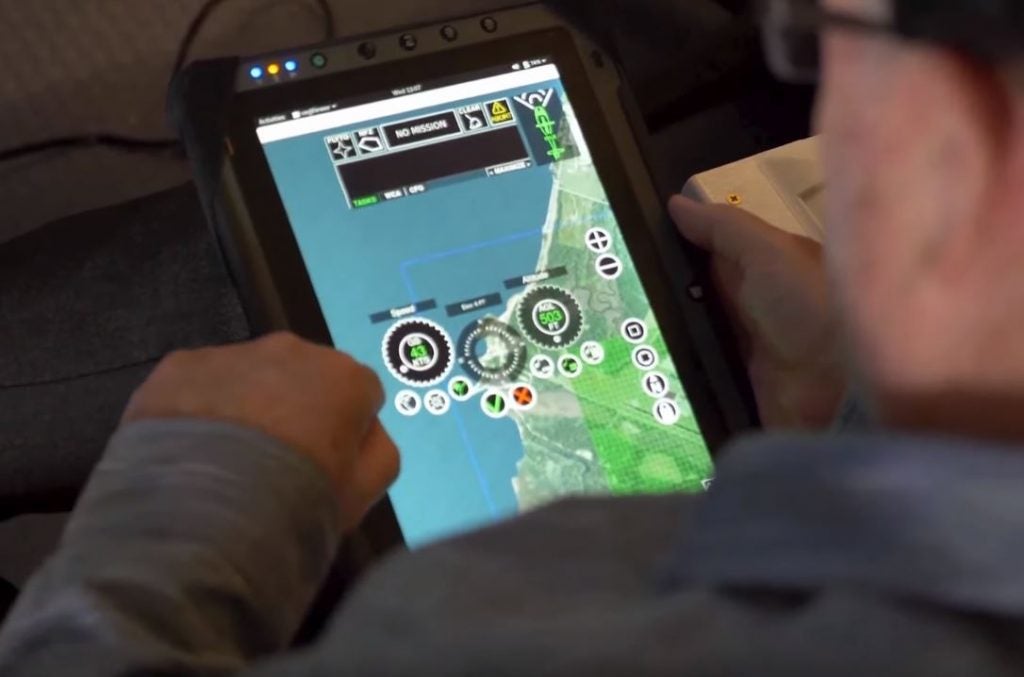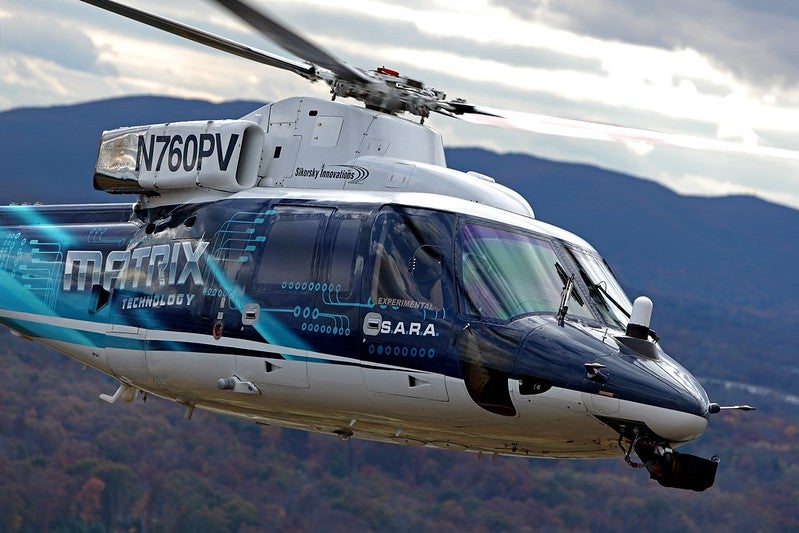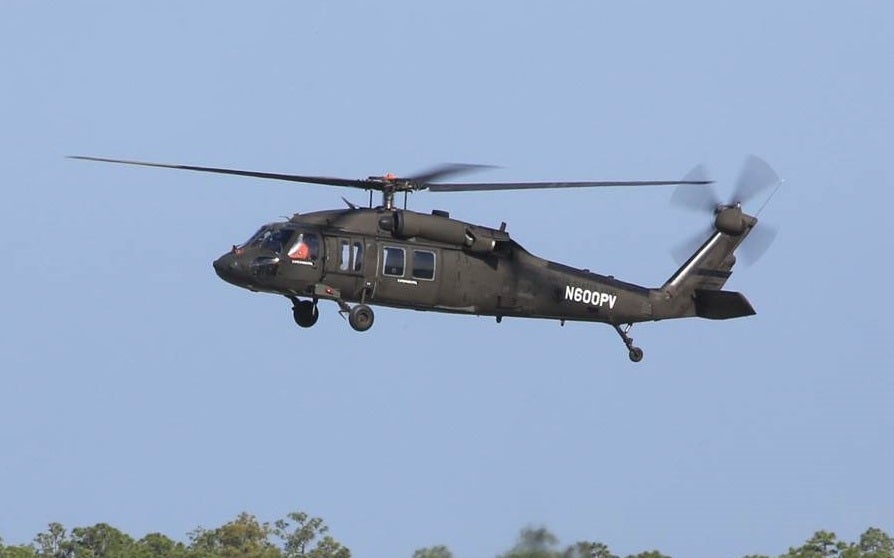Sikorsky Prepares to Fly a Blackhawk Using a Tablet on the Ground
Back in May of this year, Sikorsky test flew a UH-60A that had been equipped with an autonomous flight control system as part of DARPA’s ALIAS program. Sikorsky announced that the aircraft had already achieved over 50 hours of flight time by October and in 2020 they expect to fly it from the ground using a tablet. The objective of ALIAS is to create a digital co-pilot that is able to relieve the human pilot of having to control the aircraft so they can focus on “mission commander type tasks”. These include network-enabled abilities such as taking in external sensor feeds, coordinating over battle management systems, and controlling unmanned vehicles which are increasingly competing for the pilot’s attention. ALIAS is also intended to improve the ability to fly in harsh weather as well as reduce training time and improve safety.

The fly-by-wire system put into the UH-60A is based on technology from Sikorsky’s MATRIX program which was started originally as a private venture in 2013, before DARPA funds became involved in 2015. So far, the S-76B and Cessna Caravan prototypes have logged over 300 hours of autonomous flight time as well as over 100 autonomous takeoffs and landings.
The MATRIX system is more appropriately classified as ‘semi-autonomous’, with Sikorsky describing it very appropriately as “pilot-directed autonomy.” There are several levels to this, at the first level MATRIX mimics conventional controls allowing direct pilot control. The second level acts in many ways like cruise control, maintaining inputted attitude and speed which can be adjusted at will. The third level is true semi-autonomous flight where the pilot specifies parameters such as desired altitude, speed, g-load, no-fly-zones, and then a destination. These parameters are inputted using a tablet. Once a destination is set the pilot is free to do as they please.
The aircraft can take off on its own and once arrived is able to observe terrain using onboard LIDAR sensors to choose an ideal landing site. This autonomous site selection ability allows the aircraft to constantly calculate an autorotation landing spot in the event of a power loss, increasing safety. These sensors also allow it to fly at low altitudes without concern thanks to automatic obstacle detection and avoidance.

Not to be outdone, Bell announced they will conduct an autonomous flight with their V-280 prototype before the end of January. While Sikorsky has a clear experience advantage given MATRIX they have yet to announce plans to fly their SB>1 Defiant, their US Army’s Future Vertical Lift entrant, autonomously. This would leave Bell the only Joint Multi-Role (JMR-TD) entrant to have optionally piloted vehicle capability, a key requirement for the Future Vertical Lift program. At the moment Sikorsky seems more interested in upgrading the Army’s UH-60 fleet given that the V-280 appears to be the more mature JMR-TD candidate.

